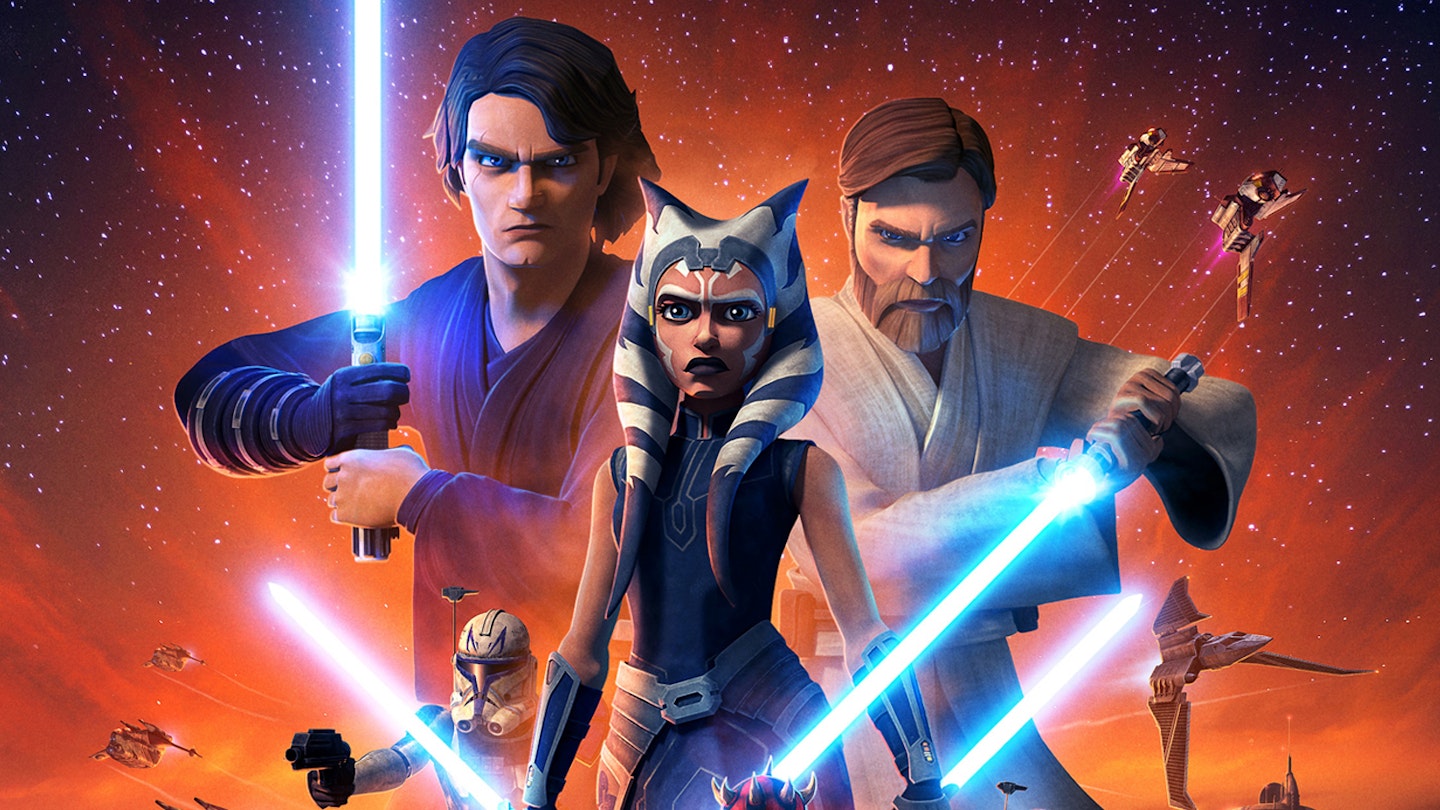“Begun, the Clone War has.” When Yoda spoke those words right before the credits rolled on Star Wars: Episode II – Attack Of The Clones, his words ushered in a new age of despair for the galaxy at large. But what cinema-goers didn't know back then is that the little green guy was also heralding the eventual arrival of an animated series that would go on to become one of the most important Star Wars projects ever realised. Now, 15 years since it first arrived, it's finally time to give The Clone Wars its due.
Set in the time period between Attack Of The Clones and Episode III – Revenge Of The Sith, The Clone Wars began in the summer of 2008 with a cinematically-released animated feature, setting up a long-running cartoon series that spanned seven seasons. From the off, it force-leaped into the fight between the Separatists and the Republic, pitting droids and Dark Side wielders against the Jedi and their ragtag assortment of clone troopers. The war they waged changed the galaxy far, far away forever – digging into a long-fabled conflict first mentioned in the original Star Wars, but that fans had seen very little of on screen prior to the show's debut.
After all that build-up, The Clone Wars film didn't kick the mysterious era off quite like fans hoped. The movie premiered three years after the end of the prequels, at a time when Star Wars wasn’t omnipresent and no new live-action films were on the horizon – yet The Clone Wars tanked anyway. It crashed hard, like Baby Yoda after one too many macarons – and not just with critics. Not only was it set in close proximity to prequels that, at the time, were themselves not warmly received, but its relatively crude animation and younger-skewing humour didn't exactly help win audiences over.
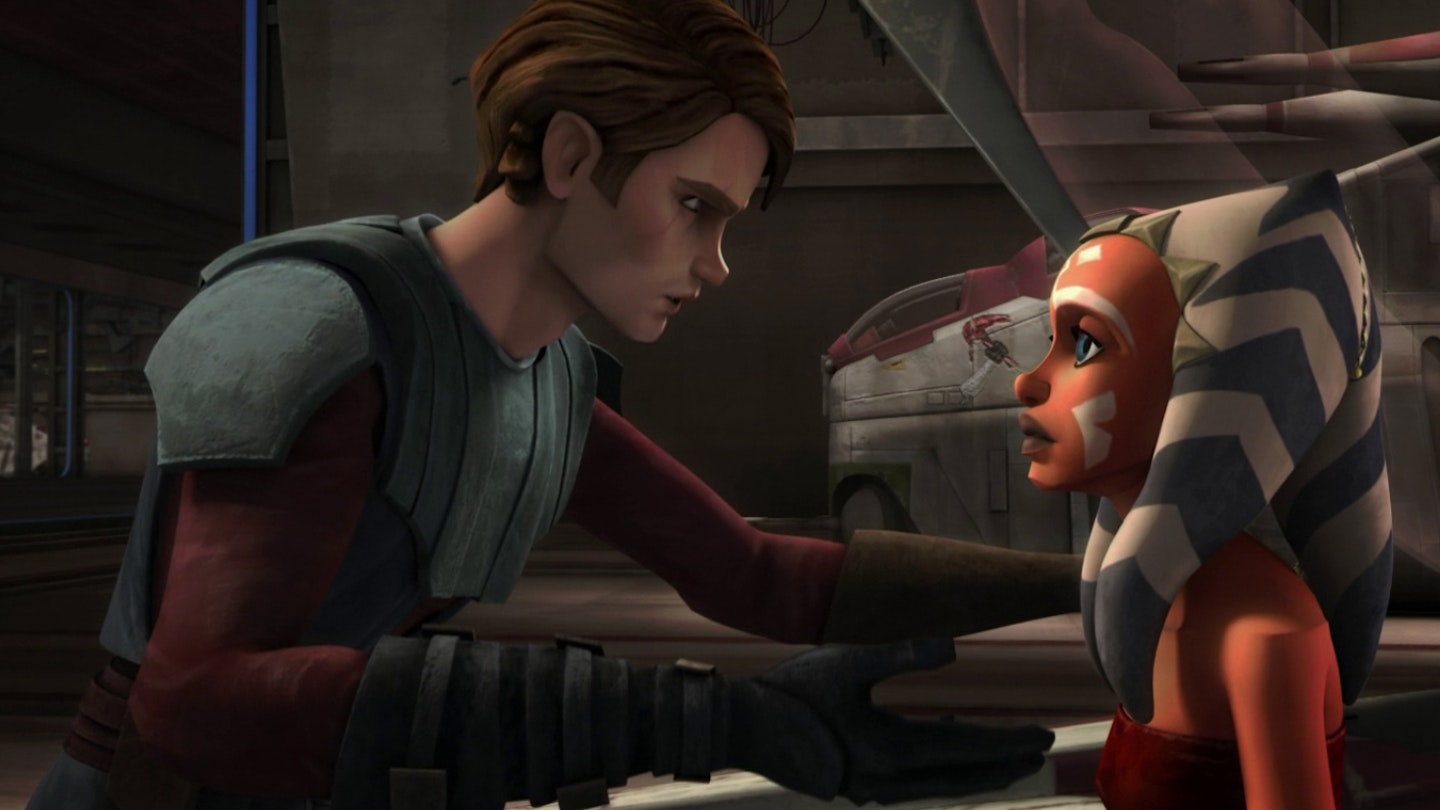
But when it reached the small screen, perception around The Clone Wars began to change. Over the course of 133 episodes, the show soon became essential Star Wars lore – because of, not despite, its apparent limitations. That fans technically knew how these wars would play out didn't make the storytelling any less interesting. In fact, its emphasis on war muddied the moral waters that often seem so clear in Star Wars stories, exploring the intricacies of a world where the binary of good and evil is no longer concrete and true. As Revenge Of The Sith suggested in its opening crawl: “There are heroes on both sides. Evil is everywhere.” Yet, The Clone Wars marked the first time that sentiment really rang true in a human, relatable way, particularly when it came to the years leading up to Anakin Skywalker's inevitable downfall.
Today, The Clone Wars is more vital viewing than ever for Star Wars fans of all ages – no longer just for kids or completists.
Over a twelve-year run – including multiple network changes, a cancellation, and an eventual revival – The Clone Wars did its utmost to right the perceived wrongs of the prequels, while strengthening the connective tissue between them and the wider galaxy. For one, Anakin's growing hatred of the Light Side (not sand – that one was already firmly ingrained) worked much better here. What perhaps seemed sudden and abrupt in the big-screen prequels made far more sense in The Clone Wars series, the show’s wider scope allowing Anakin to wrestle with his demons over time. There's no better example of that than the ‘Mortis’ arc in Season 3, where Anakin is shown his future — yes, all of it — and is sickened by what he sees. The idea of one day transforming into Darth Vader is nothing short of abhorrent to him, so Anakin does everything he can here to prevent this future from coming to fruition. While that vision is eventually wiped from Skywalker's mind, it remains firmly embedded in ours — only adding to the tragedy of his inevitable corruption at Palpatine’s hand.
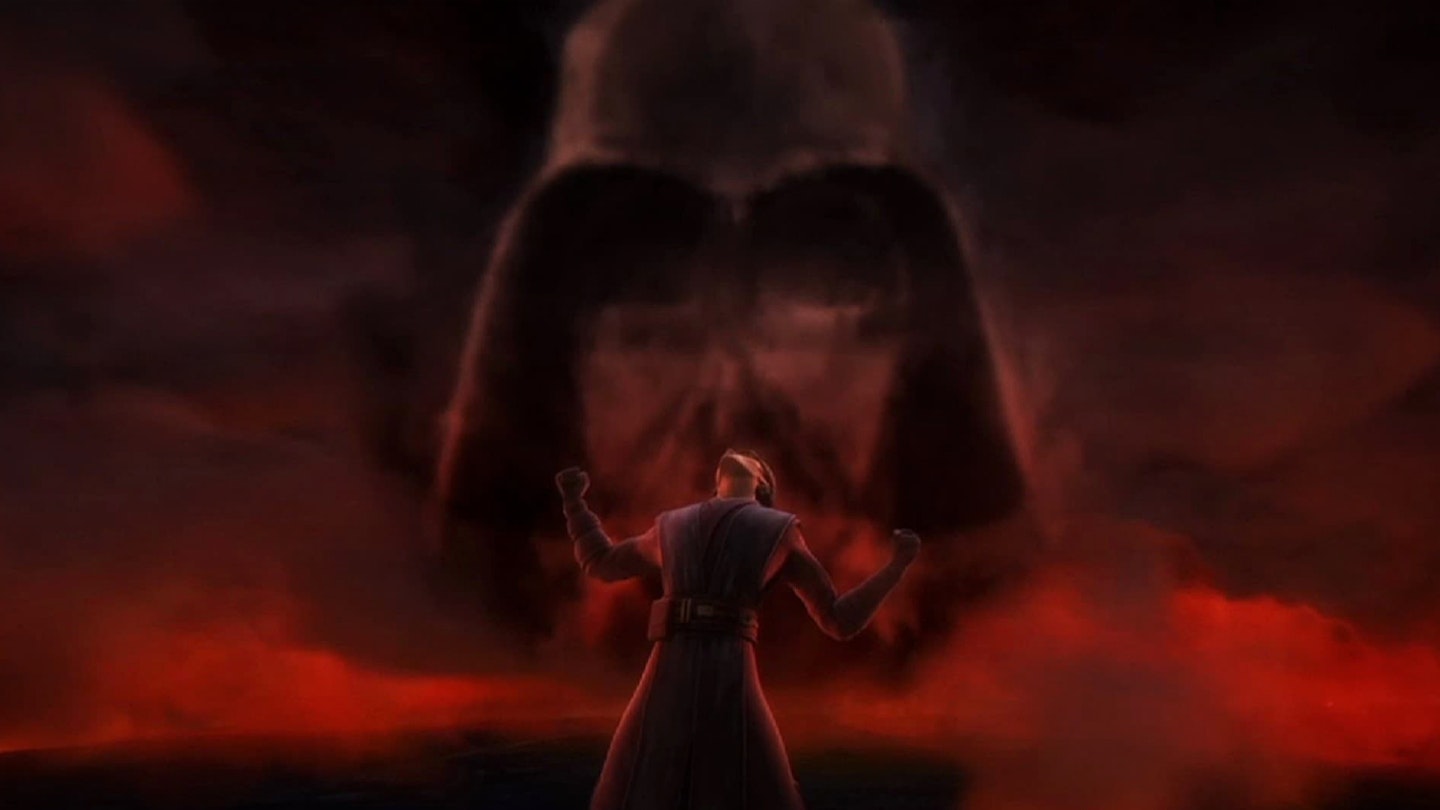
The extended timeframe of the show also offered space to foreground Obi-Wan Kenobi's own past missteps, making his failure to ultimately save Anakin that much more painful to bear. Even Jar Jar Binks’ quest in two-parter ‘The Disappeared’ shone a more favourable light on the franchise's most divisive character, often spoke about in a way he would deem as, well, “wuude”.
It wasn’t just in reframing established characters that The Clone Wars succeeded – it created compelling new ones too. Most notably, Ahsoka Tano debuted in The Clone Wars movie, introduced as the Padawan we never knew Anakin had, before becoming a central pillar of the series across its seven seasons. Few characters in Star Wars have received such complex development over time, and it was through her eyes that the show matured, as Ahsoka grew to reckon with the difficult choices being a Jedi (and the apprentice of soon-to-be-Darth Vader, no less) would lead to. Popular, too, were other newbies like Cad Bane, Saw Gerrera, and a whole host of Mandalorian characters including Satine Kryze and her sister Bo-Katan, all pushing the Star Wars galaxy in thrilling new directions. The Clone Wars established itself as a bounteous addition to the Star Wars mythos, a notion that has grown tenfold with those faces now popping up in subsequent live-actions projects, bringing them to even wider audiences.
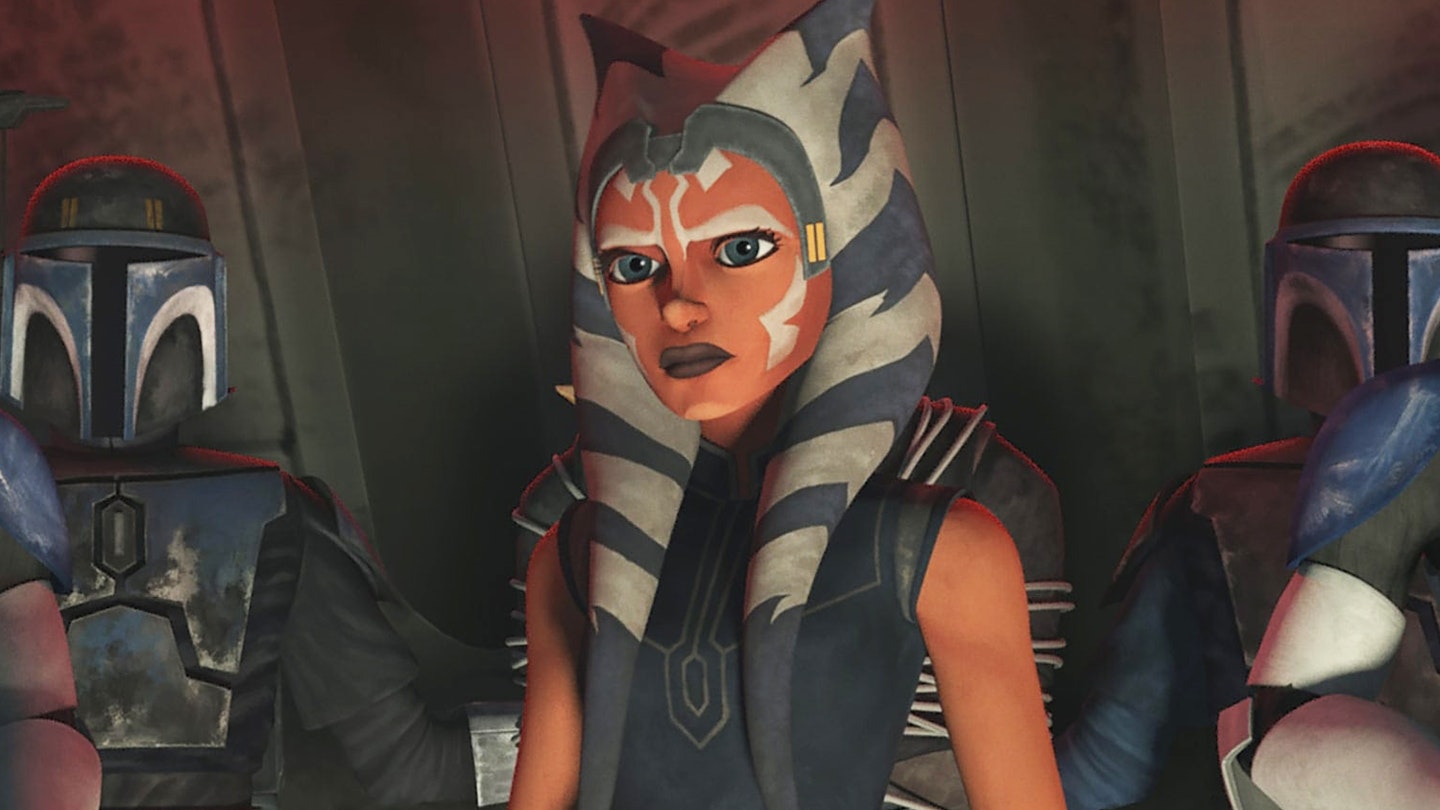
Today, The Clone Wars is more vital viewing than ever for Star Wars fans of all ages – no longer just for kids or completists. Like the Bad Batch clones who feature in the show (and later received their own spin-off series), The Clone Wars transcended the template it was based on to become something different, bolder, and unique. With a freedom rarely afforded in live-action, it experimented with new kinds of stories that hadn’t been told in the Star Wars galaxy before – take the body horror of ‘Brain Invaders’ (where Geonosian brain-worms take control of people's minds), or the witchy magic in ‘Massacre’ (where an entire zombie army of Nightsisters and a voodoo doll of Dooku wreak havoc). While the franchise has always been grounded in fantasy just as much as sci-fi, it never quite manoeuvred into those weird little corners of the galaxy until The Clone Wars came along and rewrote the rulebook. That kind of experimental fare flourishes today in shows like Star Wars Visions, continuing to expand the definition of what a Star Wars story can be – just, The Clone Wars did it all in-canon.
By the time The Clone Wars came to an end on Disney+ in 2020 – six years after it was apparently abandoned following 2014’s Netflix-released Season 6 – Star Wars’ small-screen output and the films that inspired them had become truly inseparable, threaded together in ways that not even Marvel has nailed yet. That's thanks in large part to Dave Filoni, who worked closely with George Lucas on creating The Clone Wars, before going on to steer other animated series like Rebels, eventually moving into live-action with The Mandalorian, The Book Of Boba Fett, and now Ahsoka too. As time goes on, The Clone Wars only becomes more key to the ongoing Star Wars canon.
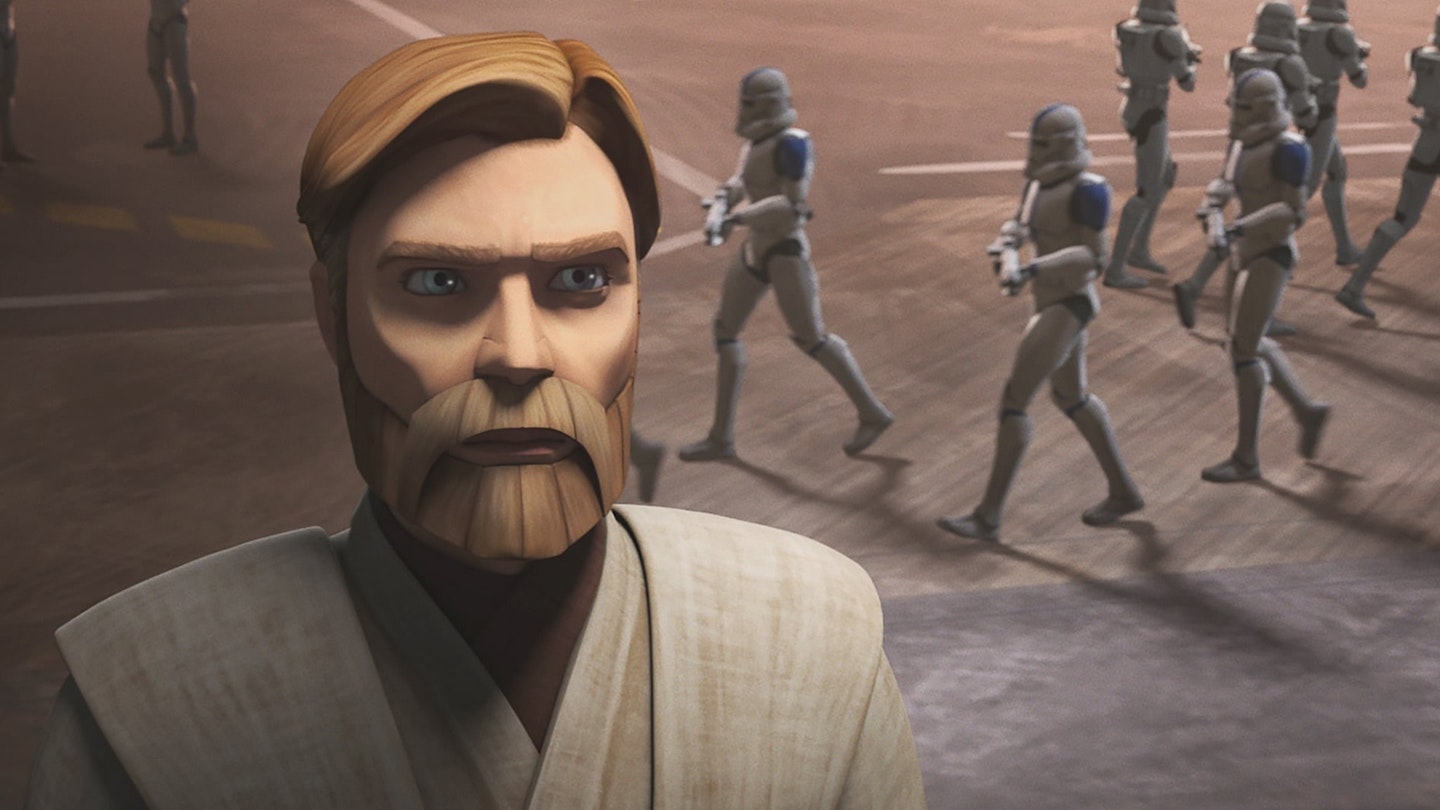
Fifteen years on from its rocky beginnings, The Clone Wars has finally been legitimised in ways those early critics could never have dreamed of. But more than that, this show has become the definitive version of Star Wars for an entire generation who were raised on the little cartoon that could. With Ahsoka’s own series now imminent, the enduring impact of The Clone Wars continues to bring the past, present and future of Star Wars together, much like the Force that binds the galaxy. Ended, The Clone Wars has – but its legacy lives stronger than ever.
Star Wars: The Clone Wars is streaming now in full on Disney+
